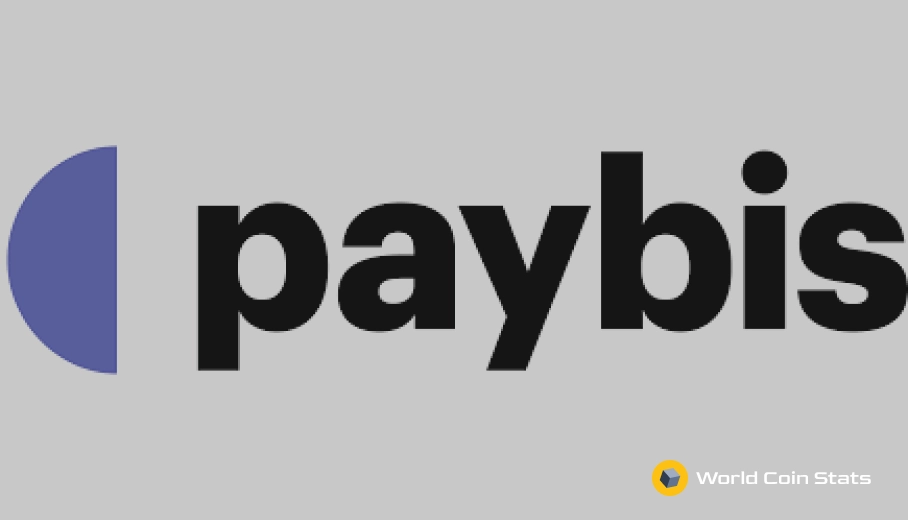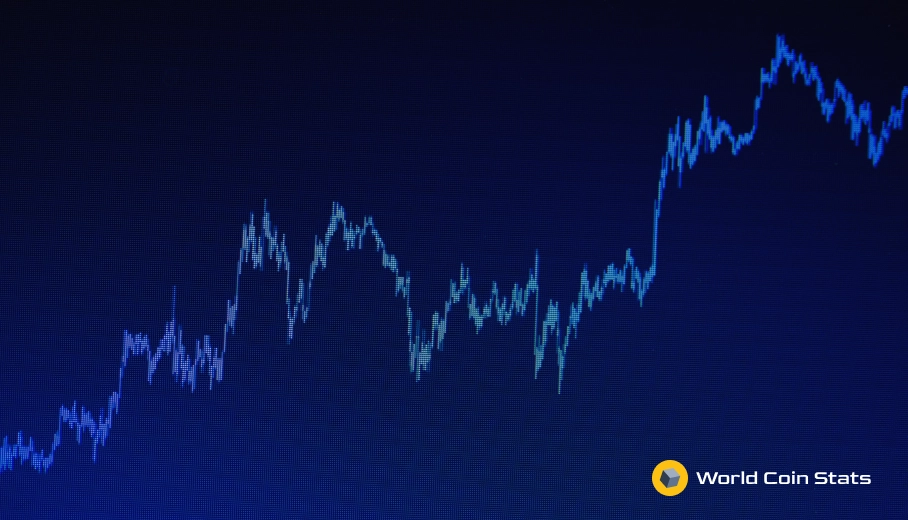In DeFi Your Loans are Paid by Themselves
Decentralized finance has taken the world of cryptocurrency by storm over the past year. This mostly due to the insane returns that one can find on DeFi protocols. With that in mind, many users have become extremely creative with DeFi and figured out ways to take out loans that essentially pay for themselves. This article will cover some of those strategies in detail.
Contents
How DeFi Loans Pay For Themselves
The way DeFi loans pay for themselves is actually not that complicated. In fact, it’s actually pretty basic on how it earns money if you’re familiar with ways to earn with DeFi.
Here’s one strategy:
- Deposit cryptocurrency as collateral in Aave or Compound.
- Receive a synthetic version of the cryptocurrency in exchange for your deposited cryptocurrency. These are called cTokens on Compound and aTokens on Aave.
- There are more protocols than Aave or Compound. These are simply the two most popular ones.
- Deposit that synthetic coin on Curve to earn interest by staking.
That is just one way to earn money with a DeFi loan. Another strategy is the following:
- Deposit Ether as collateral in Aave.
- Receive a loan in DAI worth 70% of the value of the Ether collateral.
- Use the DAI to purchase Ether.
- Sell the Ether for DAI and pay back the loan.
The above strategy is using leverage, but with DeFi rather than on a centralized exchange like Binance. It’s extremely risky and something recommended unless you know what you’re doing.
Yet another strategy is the following:
- Deposit DAI as a collateral in exchange for an Ether loan.
- Sell the Ether for DAI.
- Buy back Ether when the price falls.
- Repay the loan. Profit is the price difference minus fees.
That strategy is shorting a cryptocurrency. Of course, it can be used with any pair that you want to short. We simply used Ether and DAI because it’s easier to understand with named coins.
Again, betting on price movement is extremely risky. This is for experienced traders only.
The next section will cover some of the risks of using loans (leverage) to make money in DeFi.
What’s The Risk?
The biggest risk with this strategy is that the price movement does not go the way you like and the collateral gets liquidated. We’ll use another example to illustrate this point.
- Deposit 1 Ether ($3000/ETH) as collateral for a DAI loan of $2,250.
- Purchase more $2,250 more ETH with the DAI loan.
- The price of ETH falls to $2,000/ETH.
- You are forced to add more ETH to cover the minimum collateralization percent OR your collateral is liquidated to pay for it.
In that model, the risk is that the coin price falls when you expect it to go up and you lose the collateral. It’s a simple risk and something easily avoided by not using leverage for trading.
Are These Strategies Worth It?
In our opinion, these strategies are not worth the risk. You essentially risk your collateral in order to receive a little bit of extra leverage. This can work fine if the collateral is a stablecoin like DAI as the price is extremely stable.
However, it becomes much more risky when the collateral is a volatile cryptocurrency like Ether or wBTC. For example, if you took out a 6000 DAI loan from Aave using Ether as collateral last year when the price was $300/ETH. If the price falls, then you lose your collateral.
On the flip side, if you would have simply HODLed your Ether from that point, then you would be up 9x at the moment and 14x at the peak.
To summarize, it has always been better to hodl your cryptocurrency rather than loaning it out and attempting to earn money with it by using leverage.
Yes, cryptocurrency has gone up by that much since its inception nor does it really show any signs of stopping. From that perspective, using cryptocurrency as collateral to earn an extra 20% per year in APY does not make much sense. Remember, cryptocurrency goes up in value, but it’s not a straight line – there are a lot of ups and downs that increase the liquidation risk.
Closing Thoughts
That covers it for how DeFi loans can pay for themselves. It’s not really paying for themselves as risk must be taken in order for any return to be made on the loan.
In this case, the risk does not seem worth the reward. As you may have noticed during the most recent downturn, a lot of users got liquidated that were trading on leverage in centralized exchanges. The same would apply to those that created their own leverage using DeFi lending protocols.




